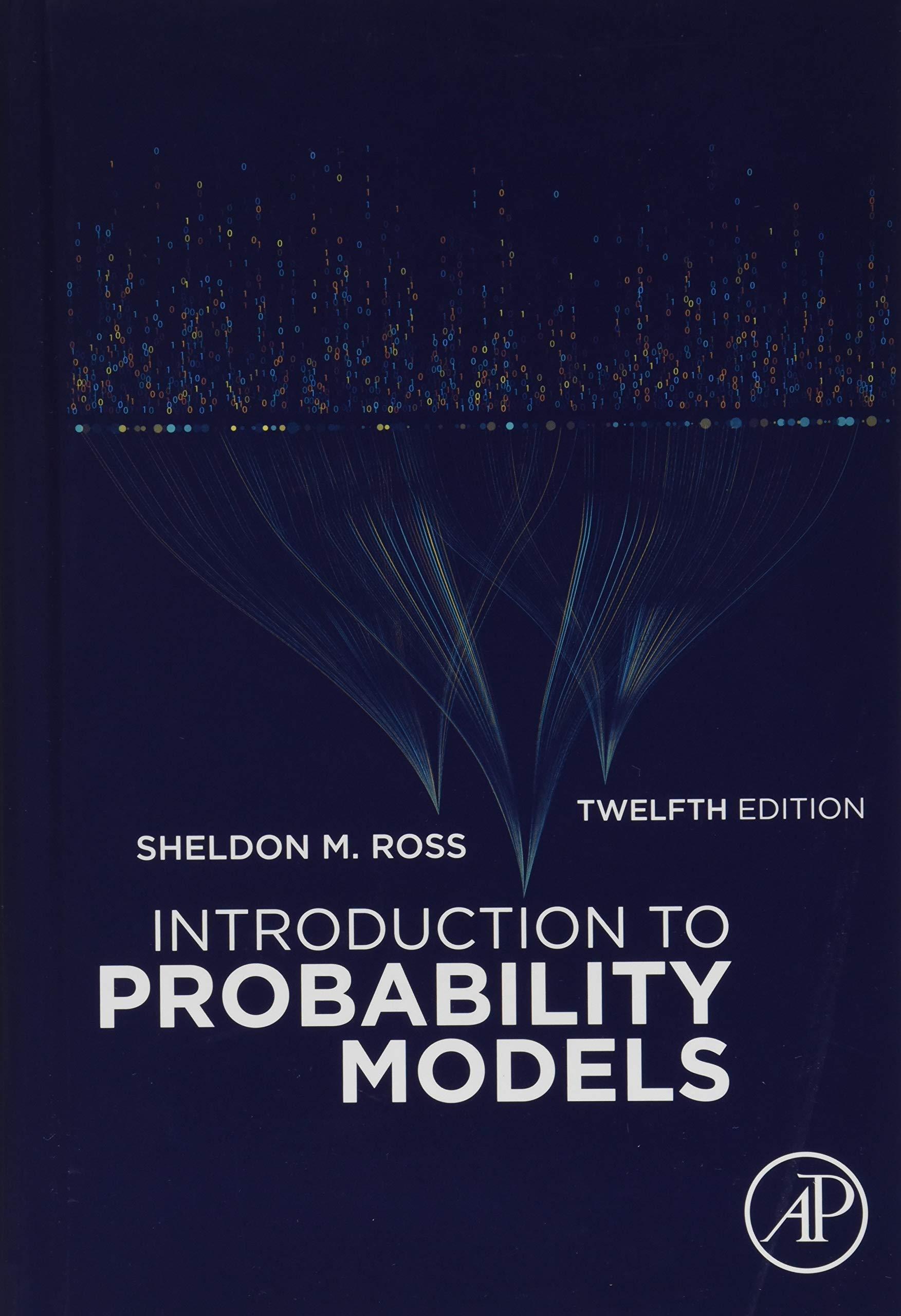bottom row should be read as 50%. This I and leaf plots. You have to figure out the value of the stem and of the DISPLAYING DATA STUDY QUESTIONS leaf to interpret the figure. Factual Questions EXCERPT FROM THE RESEARCH ARTICLE 1. Data on how many psycholo- gists is displayed in Figure 1? 7. Can you find the IST rate for This study examined clinician variation in Competency to Stand 2. What is the mean rate for all 42 psychologists just by Incompetent to Stand Trial (IST) looking at Figure 1? Trial (CST) opinions within two statewide samples of clinicians: opinions for psychologists? 8. Without looking at the Virginia and Alabama. 3. Inspecting the stem and leaf Frequency column, can you Virginia. Sample 1 featured 55 Virginia clinicians (42 psychologists, 9 psychiatrists, and 4 social workers) who each conducted at least plot, does the answer to ques- ijn/tell which bins (i.e., 0% to tion 2 make sense? 5%, 5% to 10% and etc.) 20 competence evaluations (M= 121.5, SD=200.4, range=20-963), for a total of 6,680 evaluations, between 1993 and 2003. . . 4. What is the mode rate in have more data points in Figure 1? them? Explain. We first calculated, for each clinician, the percentage of cases in which 5. Write out all the IST rates that 9. Which two bins (i.e., 0% to that clinician rendered an opinion of incompetent to stand trial (IST). In fell between 20% and 24%. 5%, 5% to 10%, etc.) have Virginia, rates of IST findings varied considerably among the evaluators, 6. Write out all the IST rates that the most number of data ranging from 0% to 62% with an average of 20.4% (SD=15.7). fi points in them? in.. Rates of IST findings differed substantially by the evalu- fell between 5% and 10%. xod searIT ator's profession. Among the 4 social workers. .., the IST rate I swpfl ni woled was consistently above 40% (M=46.1%, SD=2.1) Among the 9 Questions for Discussion psychiatrists, 7 had IST rates lower than 8%, while 1 had a rate 10. Why might it matter that clini- 11. Why might psychiatrists, psy- of 20.0% and another had a rate of 62.5%. After removing the cians have widely varying rates of IST opinions? chologists, and social workers 1 clear outlying psychiatrist (IST=62.5%), the mean rate of IST have such markedly different opinions among psychiatrists was 5.8% (SD=6.0). Psychologists' rates of IST opinions? rate of IST opinions fell between the other groups, with a mean rate of 20% (SD=13.0). The distribution of IST rates for psycholo- NOTE gists was positively skewed. .. with most tending to find fewer 1 Murrie, D. C., Boccaccini, M. T., Zapf, P. A., Warren, J. I., & Henderson, C. E. than 30% to be IST (see Figure 1). 1032 9 new 919ri ensom air (2008). 'Clinician variation in findings of competence to stand trial'. on's ed nso folg isel bnis metz A Psychology, Public Policy, and Law, 14(3), 177. Copyright @ 2008 by the Frequency Stem Leaf 291032 10 Yonsup American Psychological Association. Reproduced with permission. 5.00 ulos yons 6 9 02344 ofto ztolq isel bris as Jasbribe 6.00 pico yonau 566799 oni arif fort exiton aTON ONUORENDAS imsjob of 59 4.00 Word369 0034 a erdt touos bluoz 8.00 55667889 voneupert eris of ishimens tomen s 210) . nisid sillini soimer Inshoqmine at mindsonse Called misid neswied alenpie ofssimummos eglert al (fi jgods issindopted 6.00 001133 Balgumeros ni inebilla 2s ton al ninofores elsubivibni beezengab 109 7.00 ai ai mo 5556779 "mindloisa zelopileschi woled vbutz orIT .allen mead newted alongiz ont 1.00 ON aNUOADIDAS O 2 need li6190 1.00 inop edo z6 6 folg isal bas mole erl belaval minato pe erzood jerk outby s moving elqeeno ent 1.00 at is triog Ismiseb s 260 1.00 1 9binis CO Just er al Isel edt bris 1.00 o sini of yaw pnow sit 8. LO eclogg ninolong to stew oriel (xismy) Figure 1. Stem and leaf plot of incompetent to stand trial rates for psychologists in 190 916 boold erl n Virginia who had performed 20 or more evaluations







